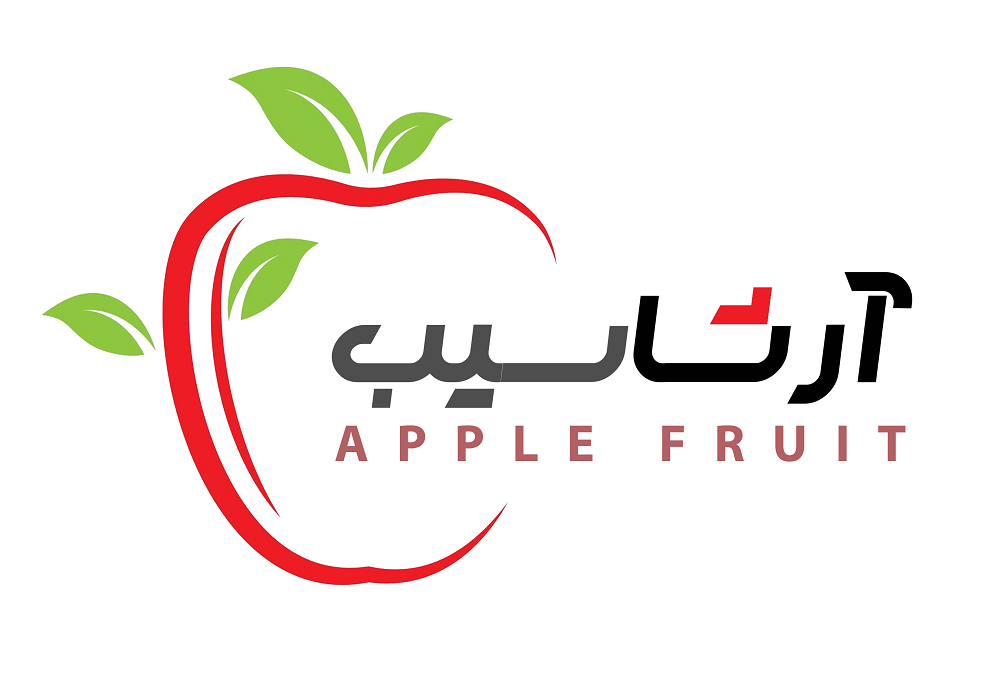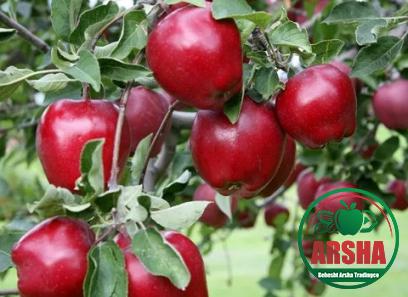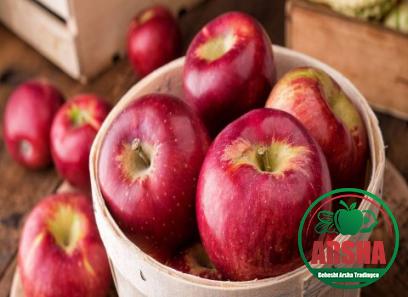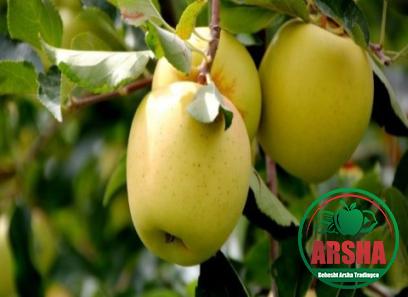Apples have long been a staple fruit in the global marketplace, prized for their versatility, health benefits, and delicious flavors. With over 7,500 known apple varieties worldwide, businesses in the food industry have a wide array of options to choose from. Understanding the different apple fruit types and their characteristics is crucial in catering to consumer preferences, enhancing product offerings, and maximizing profitability. In this article, we delve into the diverse world of apple fruit types, equipping businesses with the necessary knowledge to make informed decisions. 1. Apple Fruit Types and Their Unique Attributes: Apples come in a kaleidoscope of shapes, sizes, colors, textures, and flavors. Understanding the characteristics specific to each variety is essential for marketing, branding, and innovative product development. Here are some commercially popular apple fruit types: a. Red Delicious: With its quintessential elongated shape and bright red skin, the Red Delicious apple is a symbol of apple aesthetics.
.
 It offers a sweet and mildly tart flavor, making it a popular choice for eating fresh or used in salads and desserts. b. Granny Smith: Known for its firm and bright green skin, the Granny Smith apple brings a tangy and crisp flavor to the table. Often used in baking due to its ability to retain its shape and tartness even when cooked, it adds a zesty touch to pies and pastries. c. Gala: The Gala apple’s distinctive yellow-orange skin, blushed with hints of red, catches the eye. Its crisp texture and sweet, aromatic flavor make it a perfect choice for snacking and salads. Additionally, the Gala apple lends itself well to juice production due to its high natural sugar content. d. Fuji: Originally from Japan, Fuji apples are known for their round shape, red skin with green undertones, and firm flesh. They offer a delectable blend of sweet and slightly tart flavors, making them suitable for both fresh consumption and cooking applications. e. Honeycrisp: Renowned for its exceptional crunch and juiciness, the Honeycrisp apple boasts a vibrant red and yellow skin. Its balanced sweet-tart flavor has made it immensely popular in the market, especially for fresh eating.
It offers a sweet and mildly tart flavor, making it a popular choice for eating fresh or used in salads and desserts. b. Granny Smith: Known for its firm and bright green skin, the Granny Smith apple brings a tangy and crisp flavor to the table. Often used in baking due to its ability to retain its shape and tartness even when cooked, it adds a zesty touch to pies and pastries. c. Gala: The Gala apple’s distinctive yellow-orange skin, blushed with hints of red, catches the eye. Its crisp texture and sweet, aromatic flavor make it a perfect choice for snacking and salads. Additionally, the Gala apple lends itself well to juice production due to its high natural sugar content. d. Fuji: Originally from Japan, Fuji apples are known for their round shape, red skin with green undertones, and firm flesh. They offer a delectable blend of sweet and slightly tart flavors, making them suitable for both fresh consumption and cooking applications. e. Honeycrisp: Renowned for its exceptional crunch and juiciness, the Honeycrisp apple boasts a vibrant red and yellow skin. Its balanced sweet-tart flavor has made it immensely popular in the market, especially for fresh eating.
..
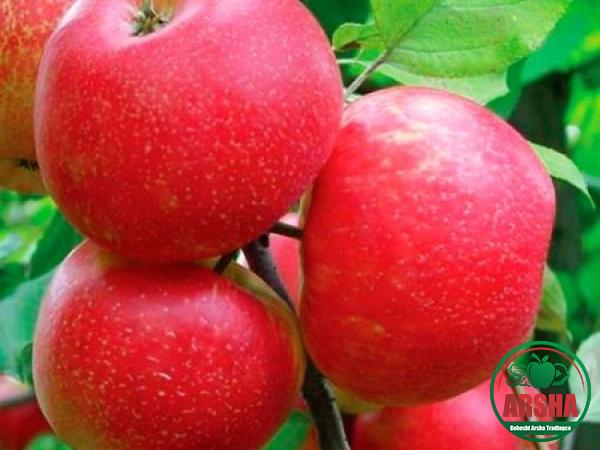 2. Understanding Consumer Preferences: Consumer preferences vary across geographical locations, demographics, and cultural contexts. Conducting market research to identify regional and target audience preferences is crucial for businesses to tailor their apple product offerings accordingly. Complementing traditional apple fruit types with lesser-known varieties can help create a unique selling proposition and resonate with specific consumer segments seeking novelty and distinct flavors. 3. Seasonality and Availability: Apples are harvested throughout the year, but various apple fruit types have distinct peak seasons. Incorporating seasonality into product planning and marketing strategies can enhance consumer interest and drive purchases. Collaborating with local apple growers and suppliers can ensure a steady supply of fresh, locally sourced apples, appealing to consumers seeking sustainability and supporting local agriculture efforts.
2. Understanding Consumer Preferences: Consumer preferences vary across geographical locations, demographics, and cultural contexts. Conducting market research to identify regional and target audience preferences is crucial for businesses to tailor their apple product offerings accordingly. Complementing traditional apple fruit types with lesser-known varieties can help create a unique selling proposition and resonate with specific consumer segments seeking novelty and distinct flavors. 3. Seasonality and Availability: Apples are harvested throughout the year, but various apple fruit types have distinct peak seasons. Incorporating seasonality into product planning and marketing strategies can enhance consumer interest and drive purchases. Collaborating with local apple growers and suppliers can ensure a steady supply of fresh, locally sourced apples, appealing to consumers seeking sustainability and supporting local agriculture efforts.
…
 4. Product Diversification and Innovation: To cater to evolving consumer demands and stay competitive, businesses can explore innovative apple-based products beyond traditional formats like fresh apples, apple juice, and apple sauce. These can include apple-based snacks, pastries, desserts, beverages, condiments, and even beauty and wellness products. Experimenting with different apple fruit types in these products can provide unique flavor profiles and cater to diverse taste preferences. Conclusion: Understanding the diverse range of apple fruit types and their unique attributes is of utmost importance for businesses in the food industry. By catering to regional preferences, incorporating seasonality, and exploring innovative product offerings, businesses can effectively leverage the versatility of apple varieties to capture market share, attract new customers, and elevate their brand image. Hard work, creativity, and a deep appreciation for the wide range of apple fruit types can ensure enduring success in the competitive marketplace.
4. Product Diversification and Innovation: To cater to evolving consumer demands and stay competitive, businesses can explore innovative apple-based products beyond traditional formats like fresh apples, apple juice, and apple sauce. These can include apple-based snacks, pastries, desserts, beverages, condiments, and even beauty and wellness products. Experimenting with different apple fruit types in these products can provide unique flavor profiles and cater to diverse taste preferences. Conclusion: Understanding the diverse range of apple fruit types and their unique attributes is of utmost importance for businesses in the food industry. By catering to regional preferences, incorporating seasonality, and exploring innovative product offerings, businesses can effectively leverage the versatility of apple varieties to capture market share, attract new customers, and elevate their brand image. Hard work, creativity, and a deep appreciation for the wide range of apple fruit types can ensure enduring success in the competitive marketplace.
